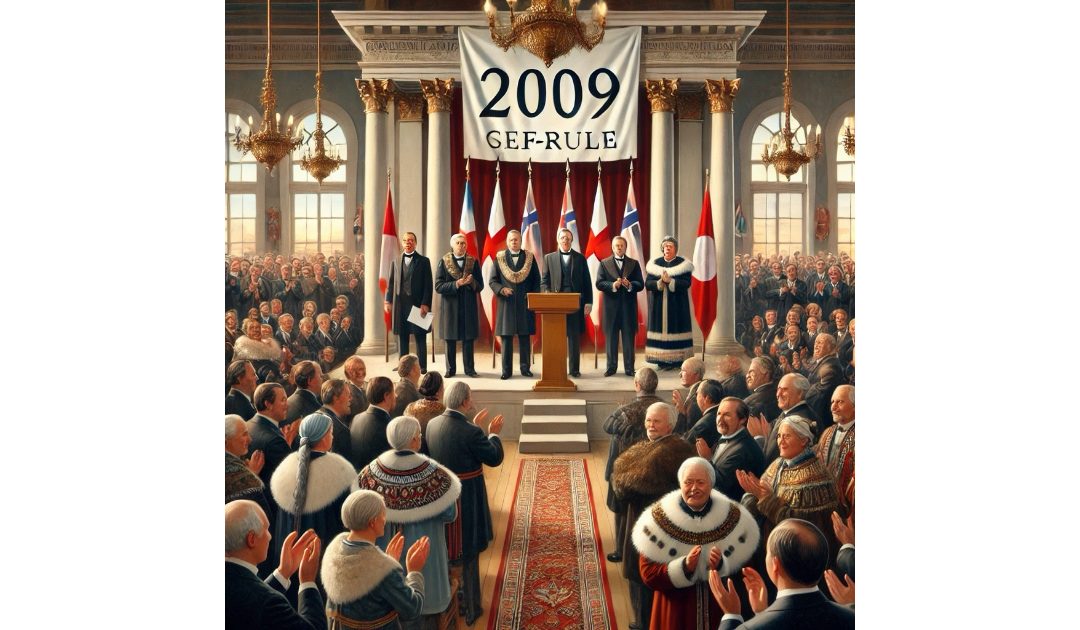On the 21st of June, 2009, Greenland assumed self-rule. Trump wants to annex Greenland, so let’s have a closer look at the place. Greenland, the world’s largest island, sits between the Arctic and Atlantic Oceans, east of the Canadian Arctic Archipelago. Although it is geographically part of North America, Greenland is politically and culturally associated with Europe, specifically Denmark. Due to its vast ice-covered terrain, stunning landscapes, and unique climate, Greenland is a fascinating subject of study for geographers, climatologists, and anthropologists alike.
Greenland covers an area of approximately 2.166 million square kilometers, the majority of which is covered by the Greenland Ice Sheet. The ice sheet, which is the second largest in the world after Antarctica, plays a critical role in global sea level regulation. Its melting is of particular concern to scientists monitoring climate change.
The island’s climate is predominantly Arctic, characterized by cold temperatures and limited precipitation. Greenland experiences long, harsh winters and short, cool summers. Coastal regions may have milder climates, influenced by ocean currents. The southern part of Greenland sometimes experiences temperatures above freezing during the summer months, which supports limited agriculture.
Greenland has a rich history marked by the arrival of the first Paleo-Eskimo peoples around 2500 BCE. These early inhabitants were succeeded by multiple groups, including the Saqqaq, Dorset (nothing to do with the county in Southern England), and Thule cultures. The Thule people are the ancestors of today’s Greenlandic Inuit, who have lived on the island for over a millennium.
Norse Vikings, led by Erik the Red, arrived in Greenland around the 10th century. They established colonies in the southwestern part of the island, which lasted for several centuries before mysteriously disappearing. The reasons for their disappearance remain a topic of speculation and research, with theories ranging from climate change to economic or social factors.
Today, Greenland is an autonomous territory within the Kingdom of Denmark. It has its own government and enjoys a significant degree of self-rule. The official language is Greenlandic, although Danish is widely spoken, and English is a popular foreign language.
Greenland’s economy is primarily based on fishing and hunting. The fishing industry, particularly shrimp and halibut, is the most significant contributor to the national economy. In recent years, tourism has grown as a source of income, attracting visitors eager to experience its pristine natural beauty, including the Northern Lights and unique wildlife.
The island’s mineral resources, such as precious metals, rare earth elements, and hydrocarbons, are drawing increasing interest from global investors. However, the extraction and exploitation of these resources are subject to environmental concerns and the impact of climate change on the fragile Arctic ecosystem.
Due to its harsh climate, Greenland’s biodiversity is limited. The flora is mainly composed of cold-resistant plants like mosses, lichens, and low shrubs. However, during the brief summer, the tundra blooms with a variety of wildflowers, adding bursts of colour to the landscape.
The fauna of Greenland is more diverse. The waters surrounding the island are home to various species of fish, seals, whales, and the iconic polar bear. On land, one can find reindeer, Arctic foxes, and the rare musk ox. Birdwatchers are also drawn to Greenland, as it is home to numerous seabirds and migratory species.
Greenland faces several challenges, most notably the effects of climate change. The rapid melting of its ice sheet is contributing to global sea level rise and threatens to disrupt the island’s natural and human environments. Additionally, the fragile Arctic ecosystem is at risk from potential industrial activities, such as mining and oil exploration.
On the other hand, the changing climate and geopolitical interest in the Arctic region also present opportunities. Melting ice may open new shipping routes and access to natural resources. Moreover, Greenland’s strategic location is increasing its importance in international affairs, particularly in relation to Arctic sovereignty and security.
Greenland, with its unique geographic and cultural characteristics, continues to fascinate and challenge scientists, policymakers, and explorers. As the world grapples with climate change and its consequences, Greenland’s role as a barometer for global environmental health is more critical than ever. Its future, balancing economic development with environmental conservation, will likely serve as an important case study in sustainable development.
Ultimately, Greenland is a land of contrasts: vast ice and lush summer landscapes, ancient cultures and modern governance, isolation, and global significance. Its story is a testament to the resilience of its people and the beauty and fragility of our planet. Back off Trump!

